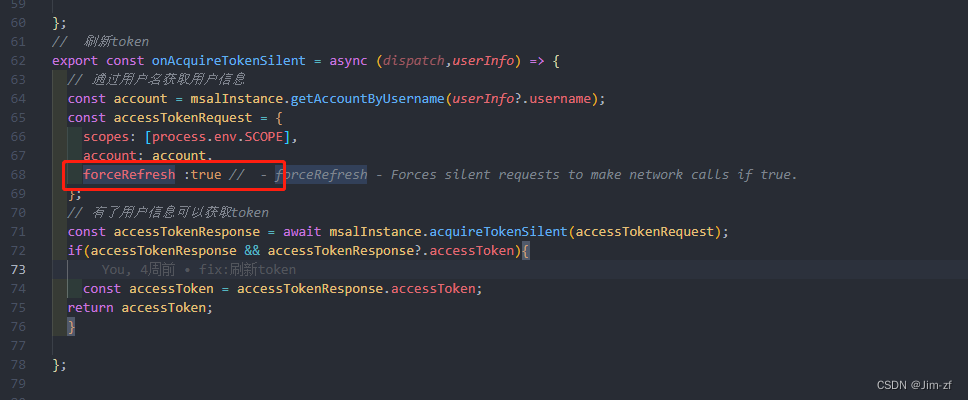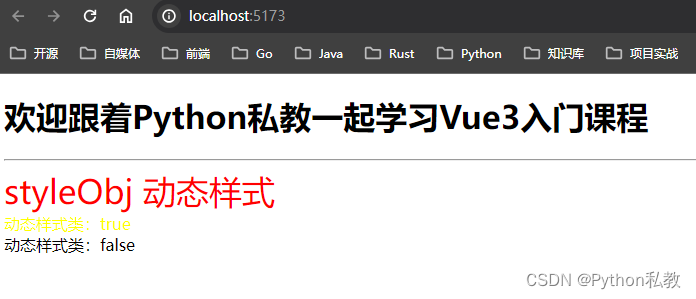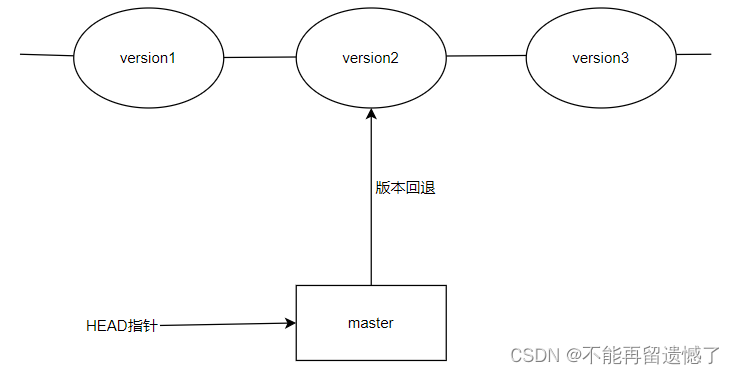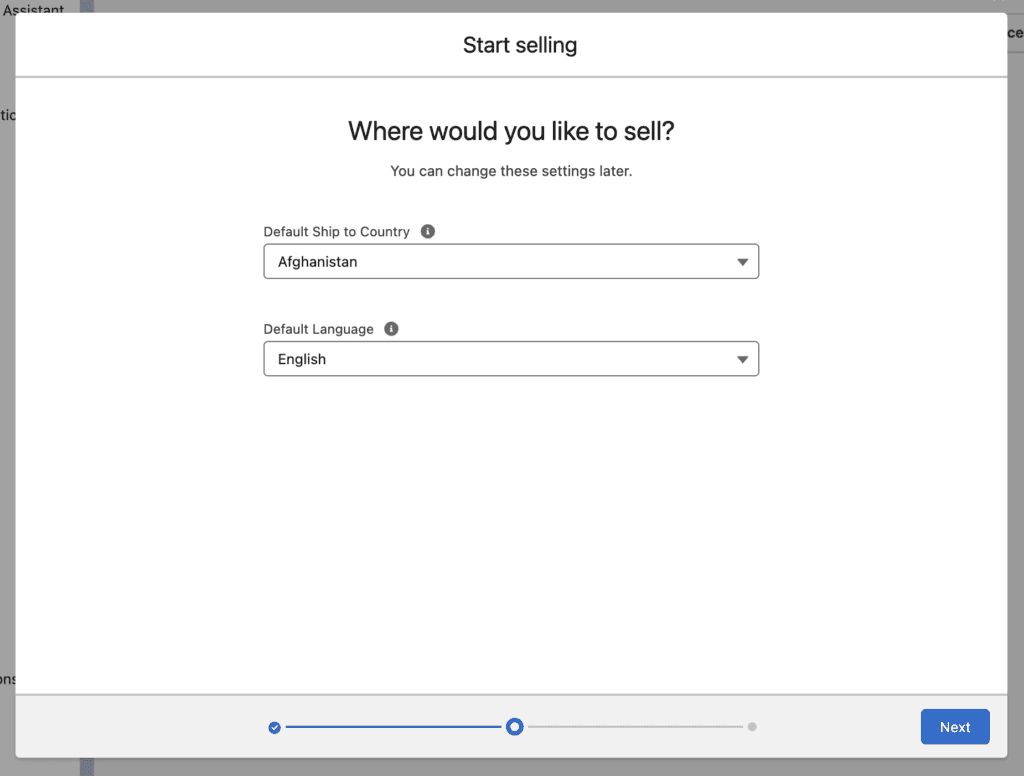概要
在众多Python Web框架中,Sanic以其高性能和易用性脱颖而出。它是一个异步Web框架,允许使用Python 3.6+的新异步/等待语法编写代码,使得创建快速的HTTP响应成为可能。本文将深入探讨Sanic框架的核心特性、基本用法、路由管理、中间件处理及其在生产环境的配置,通过具体示例帮助开发者理解和高效使用Sanic。
Sanic框架概述
Sanic的特性和优势
-
Sanic是一个异步Web框架,利用Python的asyncio库实现非阻塞操作。
-
适用于高性能Web应用,尤其是需要处理大量并发请求的场景。
安装和基本配置
安装Sanic
pip install sanic
创建一个基本的Sanic应用
from sanic import Sanic
from sanic.response import json
app = Sanic("MyApp")
@app.route('/')
async def test(request):
return json({"hello": "world"})
if __name__ == '__main__':
app.run(host="0.0.0.0", port=8000)
路由管理
基本路由
-
展示如何在Sanic中定义路由,并处理HTTP请求。
示例:定义带参数的路由
@app.route('/tag/<tag>')
async def tag_handler(request, tag):
return json({"tag": tag})
请求和响应处理
处理请求数据
-
接收和解析客户端发送的数据。
示例:获取查询参数
@app.route('/search')
async def search(request):
query = request.args.get('q', '')
return json({"query": query})
使用Sanic的异步特性
异步处理
-
利用Python的
async和await关键字进行异步处理。
示例:异步数据库查询
@app.route('/users/<user_id>')
async def get_user(request, user_id):
user = await fetch_user(user_id) # 假设是异步数据库查询函数
return json(user)
中间件和监听器
中间件的使用
-
在请求处理之前或之后执行代码。
示例:添加响应头的中间件
@app.middleware('response')
async def custom_banner(request, response):
response.headers["Server"] = "Sanic"
Sanic的高级特性
蓝图、组和插件
-
使用蓝图(Blueprints)组织大型应用。
-
使用组(Groups)管理蓝图。
-
利用插件扩展Sanic功能。
示例:使用蓝图
from sanic import Blueprint
bp = Blueprint('my_blueprint')
@bp.route('/my')
async def my_route(request):
return json({"blueprint": "example"})
app.blueprint(bp)
在生产环境部署Sanic
使用Gunicorn和NGINX
-
配置Gunicorn作为WSGI HTTP服务器。
-
配置NGINX作为反向代理,提高性能和安全性。
示例:Gunicorn配置
gunicorn myapp:app --worker-class sanic.worker.GunicornWorker
总结
Sanic框架为Python提供了一个高效的异步Web开发解决方案。它结合了Python的简洁性和asyncio的强大功能,使得开发高性能的Web应用变得更加容易。通过本文的介绍和示例,开发者可以快速掌握Sanic的使用,并在项目中高效地应用。







![【C++入门到精通】 原子性操作库(atomic) C++11 [ C++入门 ]](https://img-blog.csdnimg.cn/direct/2b8dd8add78842b5aadcc661e9255f47.png#pic_center)










![光条中心线提取-Steger算法 [OpenCV]](https://img-blog.csdnimg.cn/direct/9dd48382faa34d72889d827f86f98254.png)

